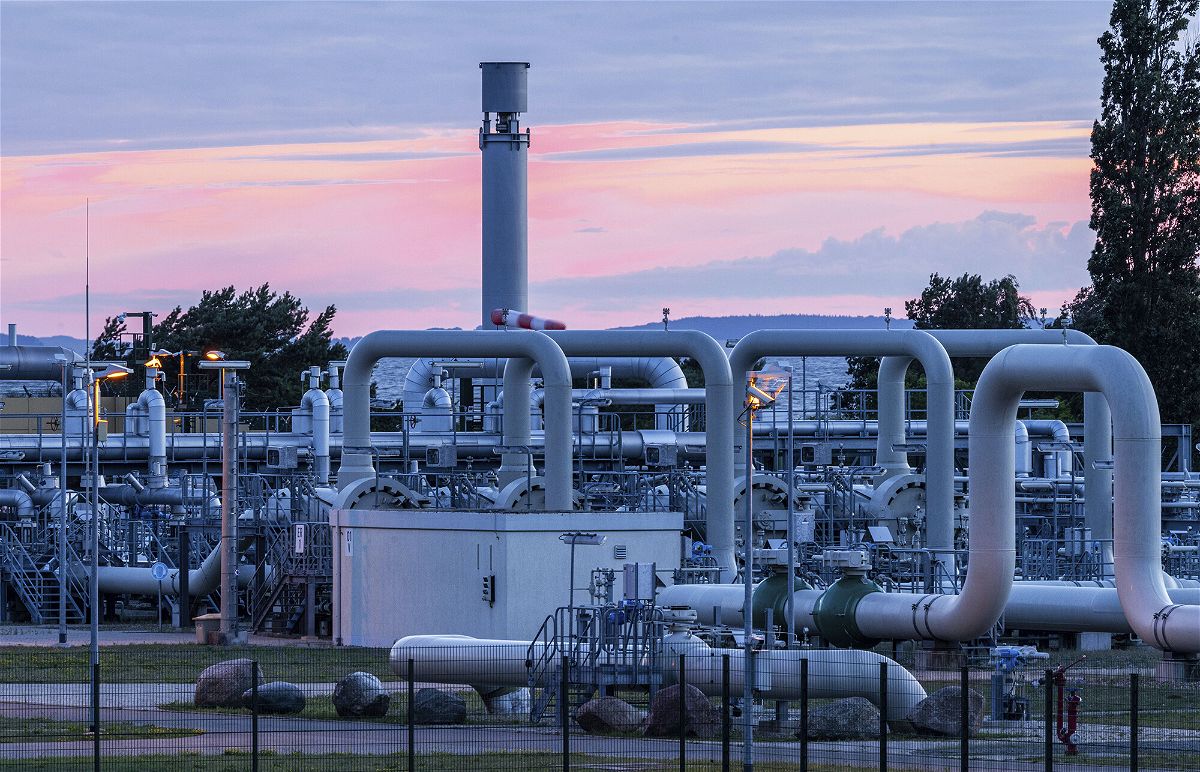A crucial Russian gas pipeline has been shut for repairs. Will it ever reopen?

The Nord Stream 1 pipeline
By Julia Horowitz, CNN Business
Since the West hit Russia with bruising sanctions following its invasion of Ukraine, a frightening question has loomed: What if Russia turns off natural gas to Europe?
It’s a nightmare scenario that would plunge the region’s economy into a deep recession.
That possibility is the subject of fresh hand-wringing as maintenance of the Nord Stream 1 pipeline from Russia to Germany begins on Monday. Officials have expressed concerns about whether gas flows will restart once the repair period concludes in 10 days.
“While this used to be a routine procedure that hardly attracted any attention, it is feared this time that Russia will not resume gas shipments afterwards,” analysts at Commerzbank said in a note to clients.
Flows via the pipeline had already been reduced. Last month, Germany — Europe’s biggest economy — declared a “gas crisis” after Gazprom, Russia’s state gas company, slashed exports through Nord Stream 1 by 60%.
Gazprom blamed the move on the West’s decision to withhold vital turbines because of sanctions, but it was seen by politicians in Europe as a warning shot.
“Anything can happen. It could be that the gas flows again, even more than before. It could be that nothing will come at all,” Robert Habeck, Germany’s economy minister, said Sunday in a radio interview. “We honestly always have to prepare for the worst and work a little bit for the best.”
France’s finance minister also said on Sunday that the country should act quickly and efficiently to prepare for a “total cut-off of Russian gas,” though it’s less reliant on gas as an energy source than Germany.
Nord Stream 1, which went live in 2011, transports 55 billion cubic meters of gas per year to Europe through the Baltic Sea. Typically, Gazprom has dealt with the maintenance period by increasing supplies traveling to Europe through other pipelines or tapping storage. This time, the company has said that’s not an option, according to S&P Global Commodity Insights.
Italian gas giant Eni said on Monday that it had been told by Gazprom that it will begin supplying 21 million cubic meters of gas per day. The average over the past few days was about 32 million cubic meters per day.
Europe is racing to wean itself off Russian energy, but reducing reliance on gas is particularly tough. The region received 45% of its natural gas imports from Russia last year, and it’s currently rushing to refill storage facilities ahead of winter.
Berlin has activated the second phase of its three-stage gas emergency program. That takes it one step closer to rationing supplies to industry players, a step that would deliver a huge blow to the manufacturing heart of the country’s economy.
Consumers have been told to reduce demand as conservation efforts scale up. Last week, Germany’s biggest landlord said it will turn down the heat for hundreds of thousands of residents in the coming months.
Benchmark natural gas prices in Europe rose to their highest level since March last week. They could continue to climb in the coming days, intensifying pressure on governments to develop contingency plans.
“Concerns are likely to push the gas price up further until it becomes clear what will happen with gas supplies once the maintenance work has been completed,” Commerzbank said.
— Chris Liakos contributed reporting.
The-CNN-Wire
™ & © 2022 Cable News Network, Inc., a WarnerMedia Company. All rights reserved.
